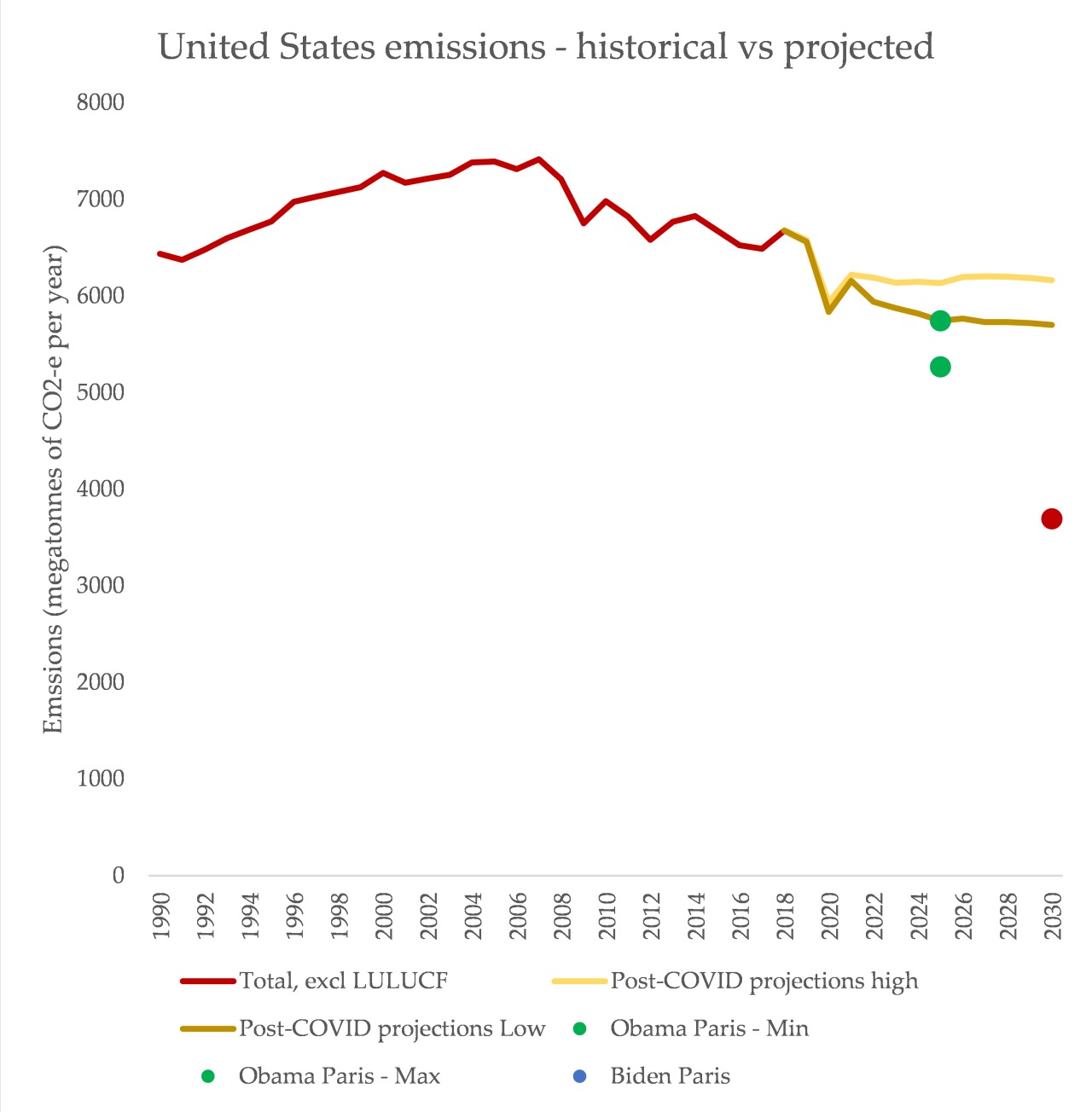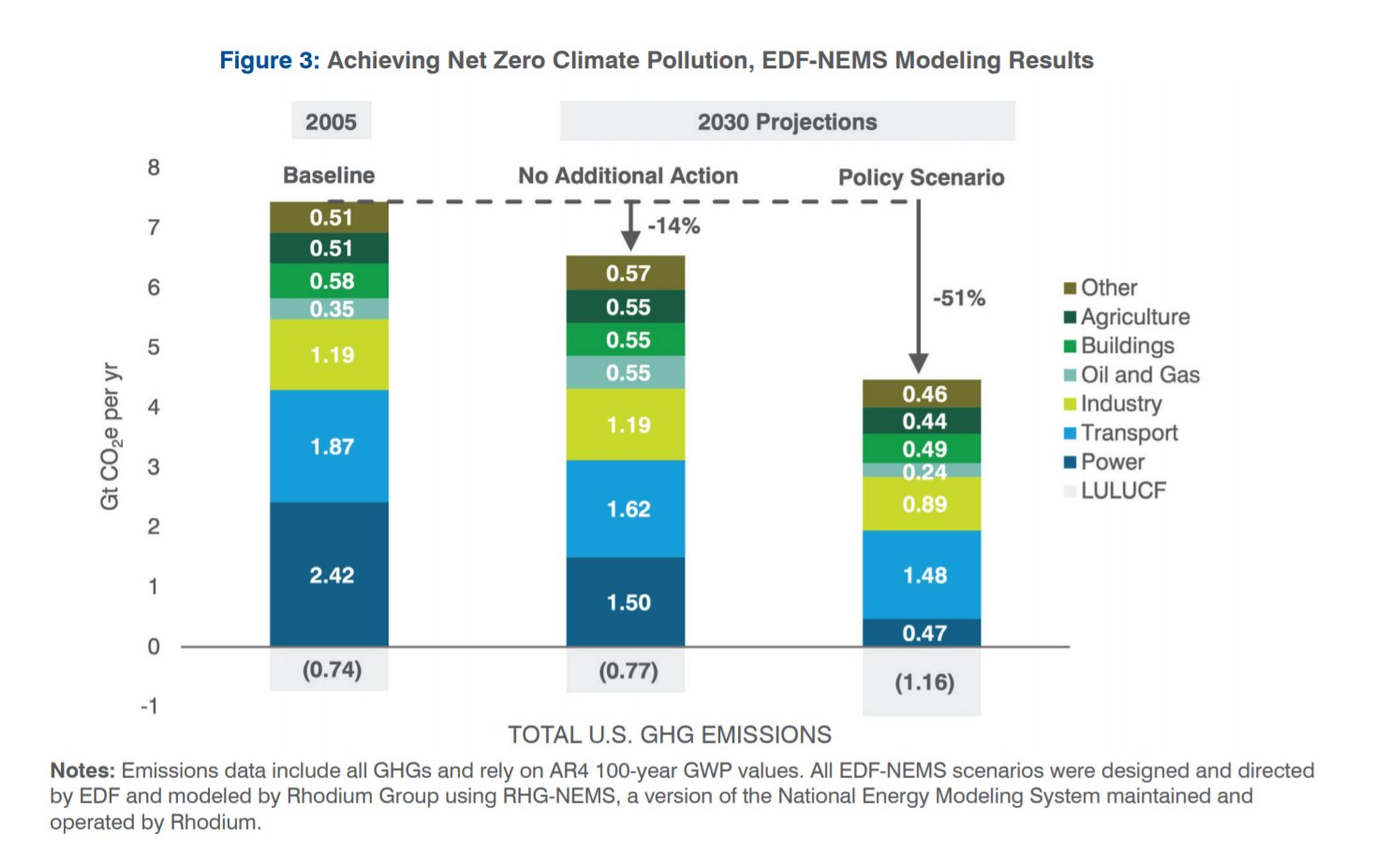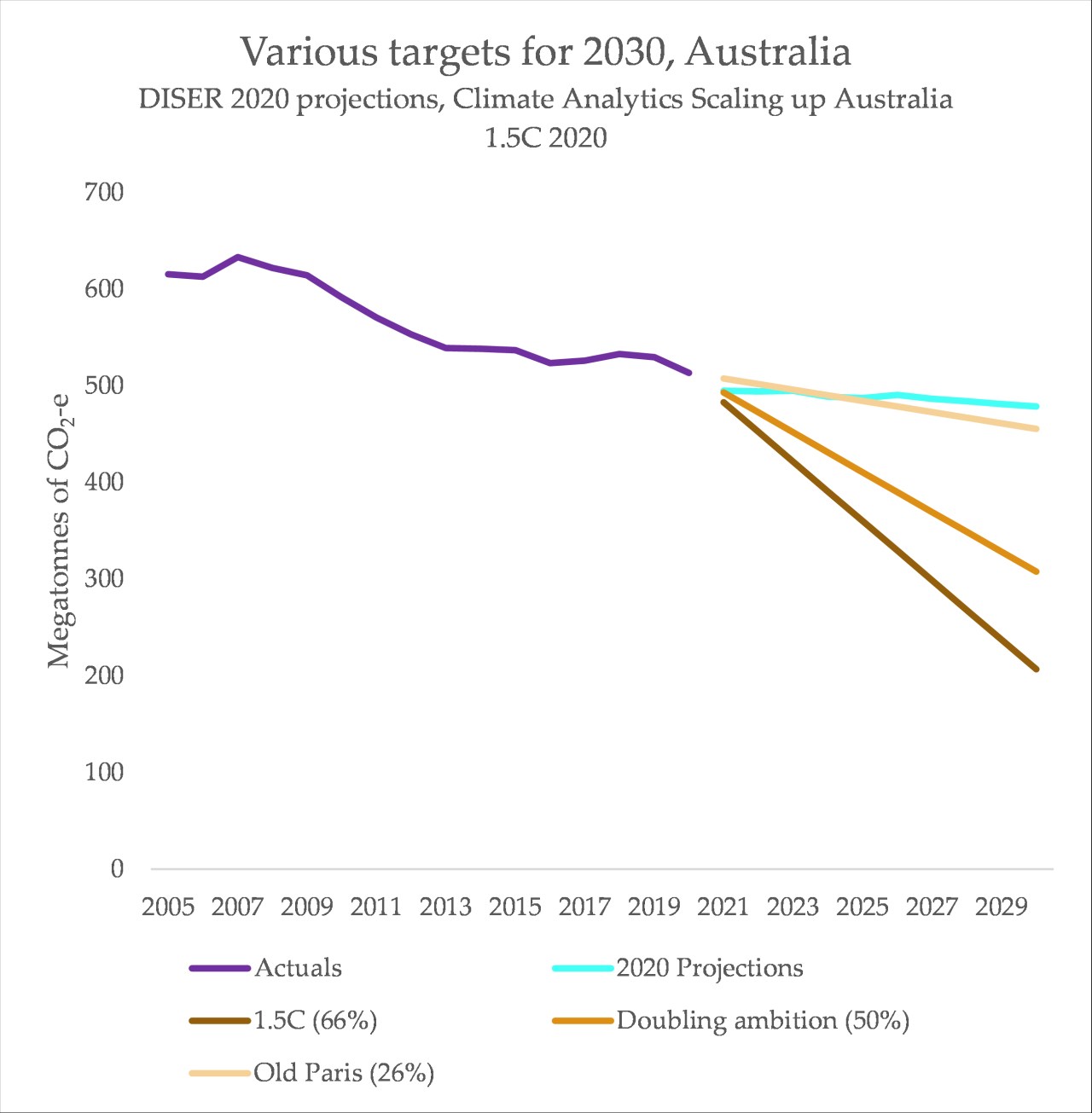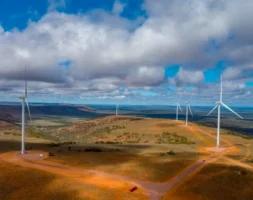April 22 this year is ‘Earth day’, and it’s guaranteed to be a busy time. Every climate and energy organisation on the planet will likely time their new reports and releases for that week, and rumour has it that the president of the United States, Joe Biden, will be announcing an update to its 2030 Paris climate agreement targets, at the April 22-23 climate summit hosted by the White House. Australia has an invite, and is sure to attend.
At the moment, the US’ target is a 26-28% reduction in emissions (based off 2005 levels) by the year 2025. It’s a little weird, because the 2030 target has a 2025 date, but you get the idea. Analytics group Climate Action Tracker suggests that even without any new policies, the US is pretty likely to get very close to that, thanks partly to the impact of COVID19 on US emissions.
It isn’t a particularly ambitious target. It’s certainly not aligned with a pathway to net zero by 2050, at least not without offloading much of the effort to later decades. But yesterday, Bloomberg reported that the US is potentially due to implement a 50% reduction by 2030. Assuming that’s based off 2005 levels, it looks something like this:
As included in the Bloomberg report, a 50% is a ‘starting point’, not a middle-ground. The cuts will need to be deeper still to align with a 1.5°C global temperature goal. “A U.S. pledge to cut its emissions in half wouldn’t be enough to put the world on the path to limiting warming to 1.5 degrees, said Gustavo De Vivero, a climate policy analyst with the New Climate Institute, which is part of Climate Action Tracker” – 57% to 63% will be needed. But the groundwork has been laid, and the stage been set.
The Environmental Defence Fund’s (EDF) recent report into what target the US should be setting for 2030 lays out a detailed case for at least 50% reduction by 2030, highlighting that ‘front loading’ effort and doing more, sooner results in a far better outcome. Their modelling looks like this:
“The bulk of the emissions reductions – almost 60% – come from the power sector, which achieves an 80% reduction below 2005 emissions levels, followed by transportation”. EDF are bullish in their report in highlighting that this modelling is floor, rather than a middle-range guide. The modelling was done pre-COVID and deeper cuts in methane emissions from the oil and gas sector are likely. A clean electricity standard, vehicle standards and methane standards all serve as the workhorses of these changes, in EDF’s modelling of a 50% by 2030 cut.
Most countries in the world have been invited to Biden’s April summit, including the high polluters. Of course, that includes Australia, who only last November failed to secure an invite to a UK summit on the grounds that it was refusing to update its notoriously weak 2030 Paris target. The link with the US here is direct – the values, 26% to 28% reductions, have been borrowed, but the date for that reduction is 2030, not 2025 like the US.
A doubling of ambition for Australia’s emissions trajectory would be pretty similar – a significant ramping up of ambition well beyond current projections, but still just under what aligns with a global 1.5°C trajectory:
Ideally, all eyes should be on the Australian government’s approach to 2030. It is a true marker of intention; whereas 2050 ambitions can mask inaction and delay. Even a modest increase in the US’ 2030 target will put pressure on Scott Morrison and Angus Taylor. A 50% by 2030 US target would re-activate a collection of long-debunked arguments – Morrison and Taylor would insist that moving so quickly to reduce emissions would bring about economic ruin, power blackouts, no more weekends, the collapse of manufacturing – presumably, the whole suite. That will be offered alongside the more recent efforts to greenwash Australia’s climate performance, such as a narrow focus on Australia’s renewable growth without a mention of its world-leading fossil fuel reliance.
Of course, an easy way to avoid the influx of criticism that the US announcement will bring would be to set an ambitious 2030 climate target, preferably one aligned with the 1.5C goal.












